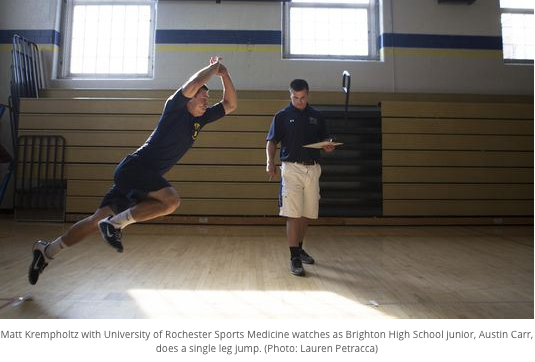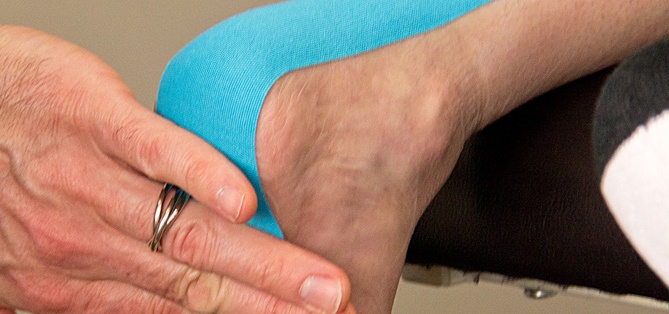Stronger, Faster: Why Athletic Trainers Should Be Using Whole Body Vibration
Are you interested in helping your athletes get stronger and faster? What about injury prevention? Faster recovery times? Proprioceptive integration?
Whole body vibration is commonly used with professional athletes for exactly those reasons! The technology isn’t seen as often with university and high school athletes, even though it is simple, easy to use, highly effective and now affordable. Clearly, athletic trainers in the collegiate and high school arenas may be missing an opportunity.
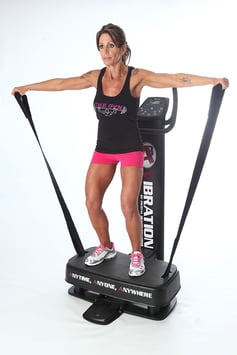
A Little Background
Professional athletes have been using whole body vibration since the 1980s. It was first popularized in Russia for training its cosmonauts and later its Olympic athletes with excellent results. The science is simple: The rapid vibrations accelerate the physiological effects of exercise, and they do so in a compressed amount of time.
Another benefit is that this type of stimulus is very safe for athletes; it doesn’t tear down muscles or joints and can be used very early on, even in injured athletes.
Athletes and coaches tend to like it because WBV allows athletes to get in the same level of training they’re used to, but in a much shorter time frame.
WBV in Action
Whole body vibration can be an integral part of the athlete’s daily workout routine. It can be used during warm-ups, for strength training, for stretching post-exercise and for injury rehabilitation—in fact, every phase of training.
For example, a football player can warm up on the WBV machine pre-workout, then hit the field to run drills. Back in the training room, the athlete can use WBV to focus on certain body areas for strength training. And after the workout is complete, WBV can provide an effective cool-down. Injured athletes can also include WBV as part of their rehab for strengthening exercises.
Improving Performance
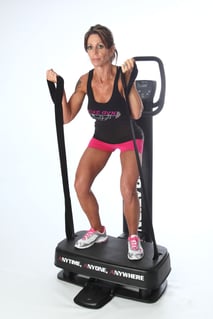
One of the most exciting areas for whole body vibration is sports-specific neurologic training. I have athletes ranging from world-class fencers to pro golfers who stand on the WBV platform to practice their sports-specific moves or swings while the platform is vibrating.
Also referred to as proprioceptive training, the action of simulating a particular movement that the athlete needs to accomplish in his or her sport, while performing it on an unstable surface, activates neurologic feedback mechanisms. This makes the brain work harder by throwing in the additional challenge of unstable footing. Then, when an athlete is in competition, replicating that motion on solid ground, their brain finds the activity much easier to do, giving the athlete a bit of a competitive edge that can make a difference.
Adding WBV to Your Facility
I often get asked about the number of units needed for a team. On average, one unit can serve about 10 athletes when used in all phases of training every day. So if you work with 40 athletes on your team, plan on purchasing four or five units.
If you’re interested in incorporating whole body vibration into your athletes’ training, the great news is that these units are more affordable now than ever. Pivotal Health Solutions has lowered the cost of whole body vibration to just under $2,000 so more athletic trainers and athletes can take advantage of this effective and efficient tool.

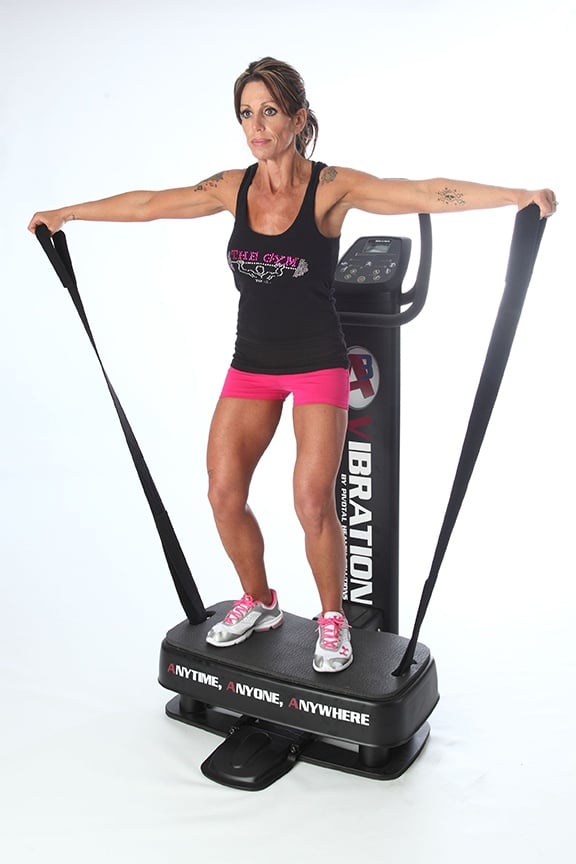

.webp)

